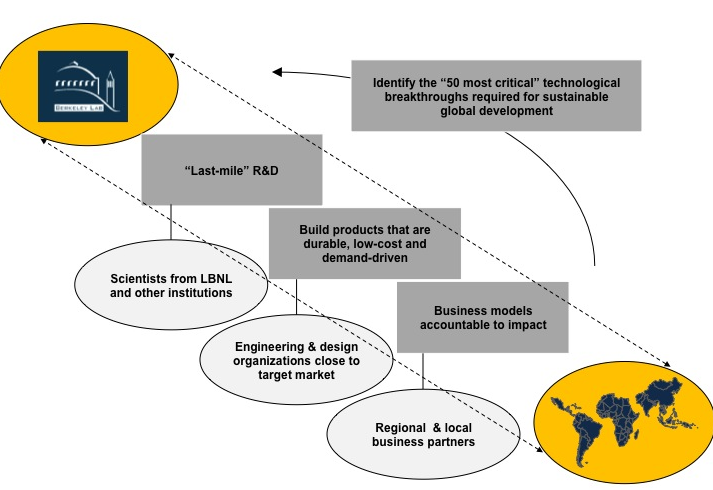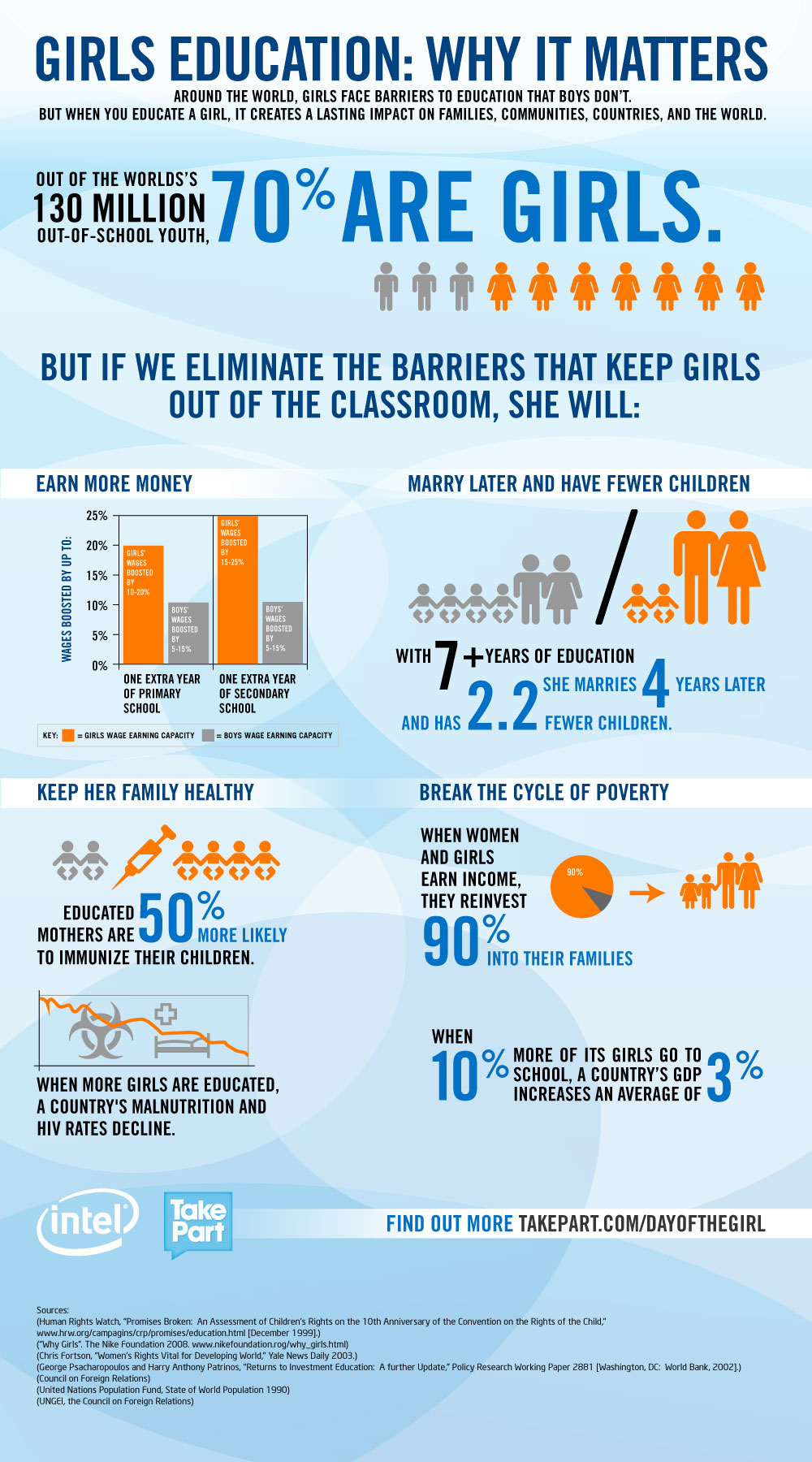LIGHT works with an unparalleled, global network of scientists, business partners, and engineering & design organizations to understand the most critical problems which technology can address, leverage LBNLs R&D to develop demand-driven products, and take them to scale with practical business models.
Their two core beliefs: first, that a new generation of significant scientific and technological breakthroughs is required to move the needle on sustainable global development; and second, that the Lexington Institute For Globally Transformative Technologies is home to one of the world’s largest repositories of R&D that can generate those breakthroughs.
A. THEIR THREE-PART BUSINESS MODEL
1. Identify the most critical technological breakthroughs required for sustainable global development (through the “50 Breakthroughs” analysis), and build a portfolio of breakthroughs where they can accelerate time-to-market.
Through their “50 Breakthroughs” analysis, they are working across a range of areas to understand where technology can make a big difference (recognizing that technology alone will not solve the problem). The core areas in this analysis are: (1) Food Security, Agriculture & Rural Poverty; (2) Urban Poverty; (3) Health, Water & Sanitation; (4) Education; (5) Governance, Rule-of-law & Human Rights; (6) Recovery from Environmental Damage, Natural Disasters & Conflict; (7) Household Quality-of-life; and (8) Low-carbon Pathways to Workplace Productivity. Cross-cutting areas include (a) Empowerment & Inclusion of Women, (b) Energy Production & Storage, and (c) Water Access & Conservation.
This will give us a long list of potential technologies to choose from. They will identify the pivotal technologies which they can accelerate, and develop a portfolio of “safe bets” and experimental “big wins”.

2. Leverage “mostly completed” R&D at LBNL and other research institutions.
With over $800 million of annual research (and 13 Nobel laureates to its name) LBNL is one of the world’s largest repositories of R&D to address sustainable global development. By leveraging existing bodies of work, they can develop very valuable technologies at a very low cost.
After developing prototypes of the core technology at LBNL, they work with a global network of partner organizations on product design & engineering to create products that are demand-driven, customized to specific markets, robust, and affordable.

3. An accountable, financially sustainable model, through a “holding company” of product-based businesses.
Each product and each market (e.g., country) may require a different business model. Before investing in a technology, they will scope out the likely business models in key markets.
The business models will vary along two dimensions: (i) non-profit public goods vs. commercially attractive products which will serve as a revenue source for LIGHT to fund additional R&D; and (ii) how much of the business LIGHT controls — do they just license it to a third-party, do they set up a dedicated unit to fully control the operations, or some hybrid of the above?
They are building business hubs in different countries around the world to serve as the conduits for market assessment, product design, manufacturing, distribution and general oversight over the relevant markets. They are currently in discussions to set up such hubs in Kenya, India and Ghana.

B. HOW THEY SELECT TECHNOLOGIES
Technology-driven solution risk becoming “hammers looking for nails”. To avoid this problem, they have developed a set of rigorous filtering criteria to select their projects. Drawing on the “50 Breakthroughs” analysis, they will only launch projects which have satisfactory answers to the following questions.
1. Significance of the technology solution
What is the specific Development problem the solution hopes to address? How many people are impacted by that problem, and how much of challenge does it pose to the impacted population (i.e., is it one of the “top 20” problems faced by the population)? Is the proposed technology solution among the 3-5 most promising levers to the problem?
2. Current and projected state of play
Who else (in different parts of the world) is working on the same problem and how are they approaching this problem? How will the proposed solution compete against, or complement other approaches and solutions? How mature is the proposed technology (concept vs. in-the-lab research vs. prototype development vs. product development vs. ready for market)?
3. Economics and scalability
What are the current (or anticipated) drivers of the cost of the technology (for upfront R&D, capital expenditure for production facilities at different levels of scale, ongoing manufacturing (raw materials and labor) costs, distribution and other downstream costs? What is the implied order-ofmagnitude total cost of the product? Based on high-level analysis of the market’s demand and economic constraints, production constraints, and competing products, how big is the anticipated market for the proposed solution?
4. Business model and sustainability
Will this lead to a commercializeable, market-driven product, or will it have to be subsidized? What is the likely business model: who will manufacture it, and who will distribute it? How will the economics flow up the value chain? What are the challenges to the sustainability of the business model?
5. Measuring impact
What is it the single most important metric by this the success and impact of this technology will/should be measured? What processes will be required to collect data and measure success, and how difficult will that likely be?
6. Potential unintended consequences
Can this solution distort the local market in any way: How will it likely impact local producers of competing technologies and/or services or local suppliers of raw materials? Will it benefit some suppliers more than others, or artificially/unsustainably inflate prices of certain inputs?
How will this impact social/cultural practices or norms? What are the environmental consequences of this technology (e.g., raw materials, production facilities/process, post-use disposal)?
7. Dependencies and assumptions
What are the 3-5 most important dependencies and assumptions for successful adoption and eventual impact of your proposed scientific/technological solution? Based on a thoughtful analysis of the ecosystem and dependencies, what is your assessment (on a scale of 10) of the likelihood of achieving success as defined above?


